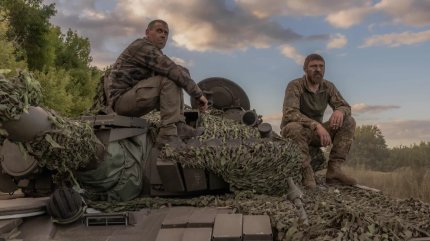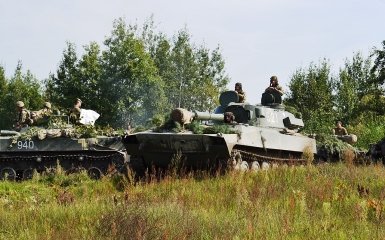Analysts from the Institute for the Study of War (ISW) point out that the successful breakthrough of the Armed Forces of Ukraine and the offensive in the Kursk region became possible due to the Russian military command's underestimation of the potential of the Ukrainian military.
Points of attention
- The underestimation of the Ukrainian military's potential by the Russian command was the main reason behind the successful breakthrough of the Armed Forces of Ukraine into Kurshchyna.
- The lack of a comprehensive Russian command structure in the Kursk region led to a delayed response to the Ukrainian invasion.
- The analysis reveals that Russian troops lack a clear plan to defend against the Ukrainian offensive in Kurshchyna, indicating a strategic failure on the part of the Kremlin.
- Despite the success in Kurshchyna, the Russian occupiers maintain a high pace of offensive in Donetsk region, highlighting the ongoing conflicts in the region and the Kremlin's prioritization of the east of Ukraine.
- Overall, the successful breakthrough of the Armed Forces of Ukraine in Kurshchyna has significant implications for the ongoing conflict, underscoring the strategic failures faced by the Russian military command and the Kremlin.
What caused the success of the offensive of the Armed Forces in Kurshchyna
The delay in establishing a complex Russian command and control structure in the Kursk region continues to highlight the fact that the Kremlin has failed to plan for the possibility of a significant Ukrainian incursion into Russia. Since the fall of 2022, the Kremlin and the Russian military command have considered the Russian border with northeastern Ukraine as a "sleeping" section of the front and probably did not plan sufficient measures to protect Russian territory, the analysts' report emphasizes.
The ISW emphasizes that if the aggressor country prioritized defense against the Ukrainian offensive, it would be much more efficient to create a cohesive and clear structure.

Ukraine's invasion of the Kursk region is likely to expand the Kremlin's perception of what type of Ukrainian operations are possible along the border and underscore that Putin and the Kremlin are suffering from a strategic failure, analysts emphasize.
Is Russia going to transfer forces from the occupied territories of Ukraine to repel the offensive of the Ukrainian Armed Forces in the Kursk region?
Analysts note that despite the successful actions of the Armed Forces of Ukraine in Kursk region, the occupation army of the Russian Federation maintains a high pace of offensive in Donetsk region and does not yet plan to transfer units from there.
The ISW emphasizes that the criminal army of the Russian Federation continues its attempts to tactically encircle the Ukrainian military in the Pokrovsk region.
In particular, analysts pay attention to the advance of the Russian occupiers to the east of Pokrovsk within the boundaries of Grodivka and to the southeast of Pokrovsk within the boundaries of Mykolaivka, Zhelany and Orlivka.
Analysts suggest that the Russian invaders could probably capture Orlivka and Zhelanna.
In addition, the Russian occupiers conducted mechanized assaults in the Donetsk region for several days.
Geolocation footage released on August 11 shows Russian forces conducting an approximately company-sized mechanized assault southeast of Georgiivka.
Analysts emphasize that the command of the occupying army of the Russian Federation is transferring separate units from Ukraine to Kurshchyna, but not from key areas of the front, which indicates the priority for the occupiers to continue the offensive in the east of Ukraine.
The ISW did not observe reports in open sources that the Russian Federation is redeploying entire brigades from Ukraine to the Kursk region, but observed reports about the redeployment of parts of Russian regiments to this area.



